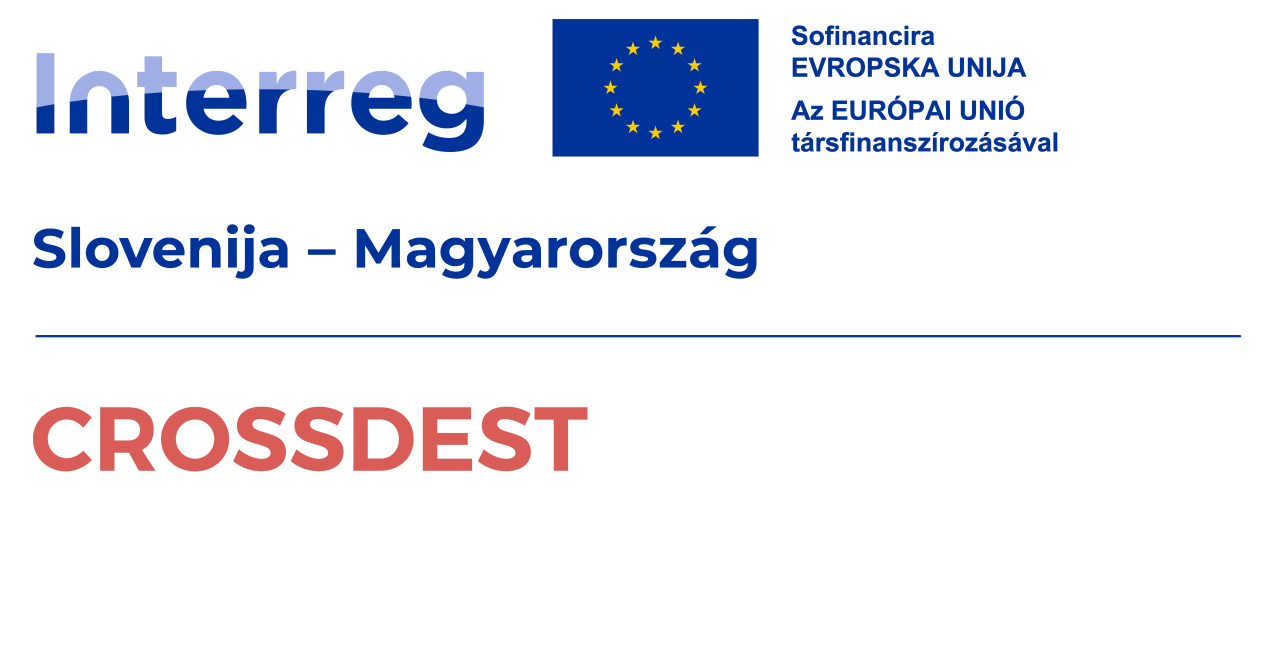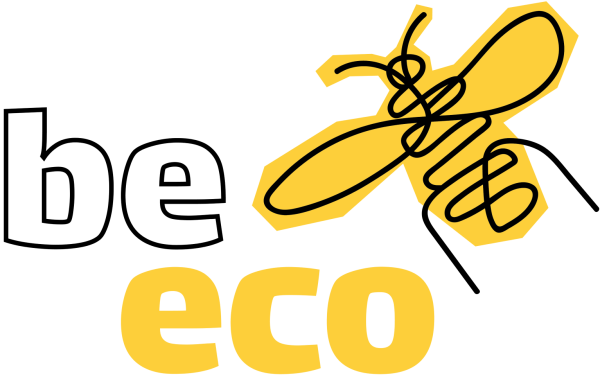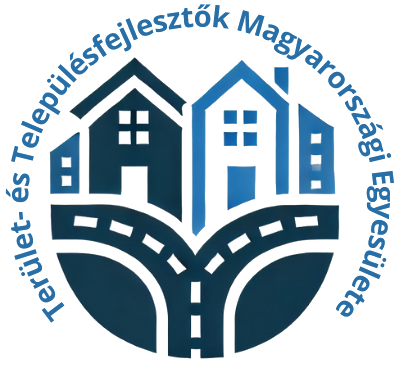-

Photo: Sárvár Tourist & TDM Nonprofit Kft. -

Photo: Sárvár Tourist & TDM Nonprofit Kft. -
Photo: Sárvár Tourist & TDM Nonprofit Kft. -

Photo: Sárvár Tourist & TDM Nonprofit Kft. -

Photo: Sárvár Tourist & TDM Nonprofit Kft.












Sárvár
One of the most beautiful small towns in Vas County, with a population of 15,000. It is located along the main road No. 84, which runs from the western border region towards Lake Balaton. The town takes its name from the earthen castle built by our ancestors at the end of the 9th century at the confluence of the Rába and Gyöngyös rivers. The castle has played a significant role in the town's history ever since. During the era of the Nádasdy family, the castle became a cultural hub, with a school being built and artists and thinkers invited to its court. Today, the castle hosts numerous cultural events, including an international folklore and brass band festival, the Nádasdy Festival, theatre evenings, and a motorcycle gathering. The town, however, is not only rich in cultural and architectural heritage. Visitors seeking healing and relaxation are welcomed by a world-class spa, whose waters provide beneficial therapeutic effects in various areas. The surroundings of Sárvár also offer plenty of attractions. The Rába River is one of the last unregulated water routes for canoeing in Hungary. The nearby forests invite hikers, cyclists, and horse riders. The villages in the area feature numerous architectural and cultural historical landmarks.
Arrival
- Walk
- Bike
- Bus (rented for the trip)
- Car
- Electric bicycle
- Horseback
- Motorcycle
- Public bus transportation
Sights, programs
AllWhat will you find here?
Public transport
- railway
- bus
Parking information
- Free outdoor parking available
- E-bike charging available
- Electric car charging available (paid)
- Free bus parking available
- Electric car charging available (free)
- Guarded open parking
Sustainability level
Topic 1: Destination Management 81%
- Visitor management: 90%
- Commitment and organization: 100%
- Design & development: 67%
- Monitoring and reporting: 50%
- Legal and ethical compliance: 100%
Topic 2: Nature and landscape 63%
- Nature and wildlife protection: 67%
- Nature and conservation: 60%
Topic 3: Environment and climate 84%
- Land use and pollution: 83%
- Water management: 80%
- Energy, sustainable mobility and climate change: 57%
- Adaptation to climate change: 100%
- Waste and recycling: 100%
Topic 4: Culture and traditions 75%
- Cultural heritage: 100%
- People and traditions: 50%
Topic 5: Social Welfare 90%
- Health and safety: 100%
- Local economy: 100%
- Socio-economic impacts: 50%
- Community participation: 100%
- Human dignity: 100%
Topic 6: Business and Communication 39%
- Business participation: 44%
- Information and marketing: 33%



